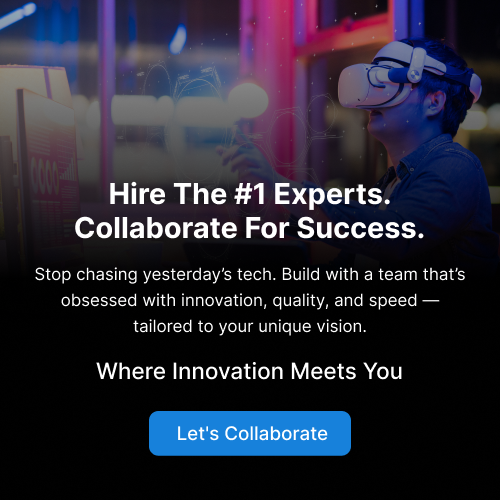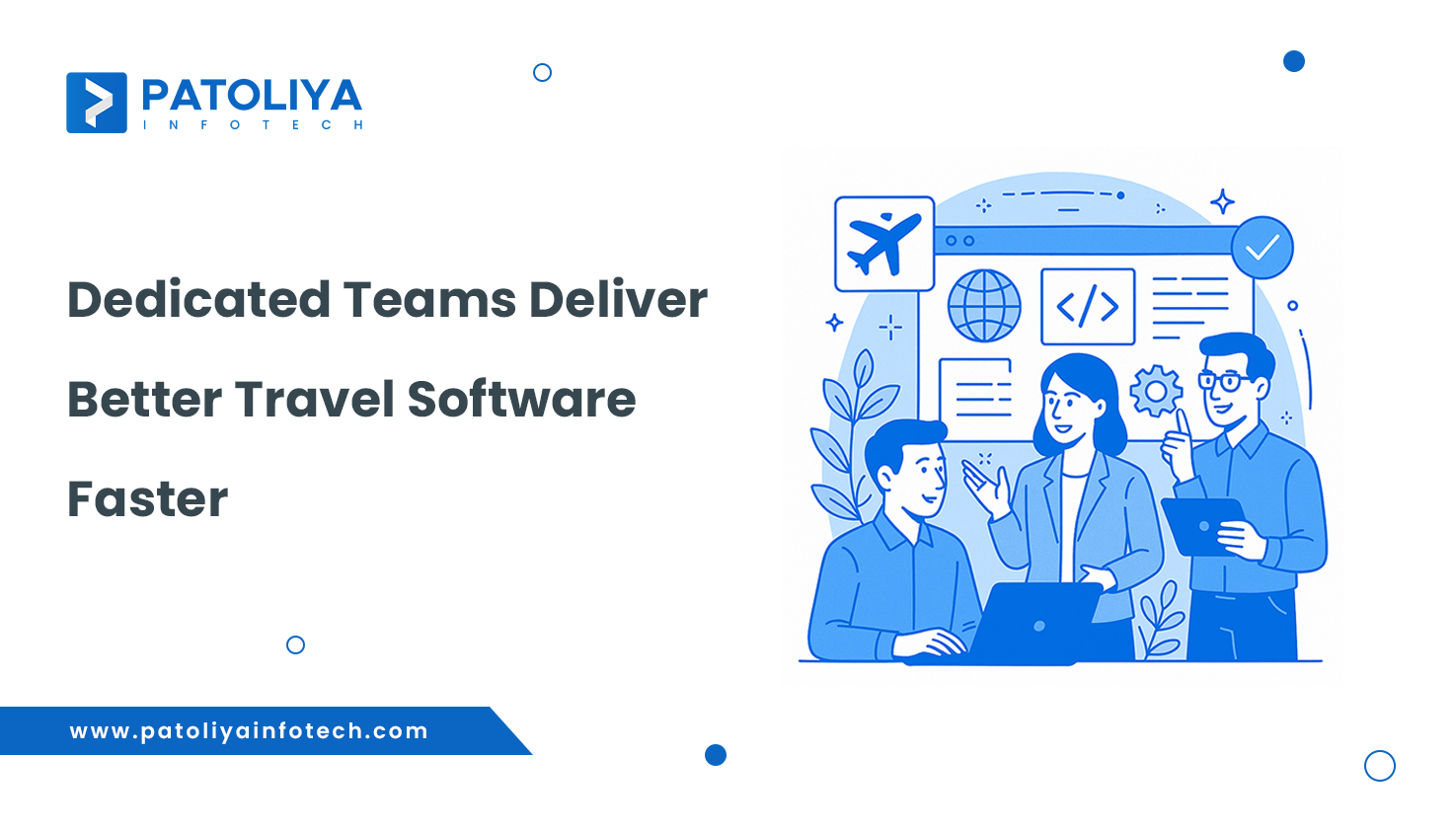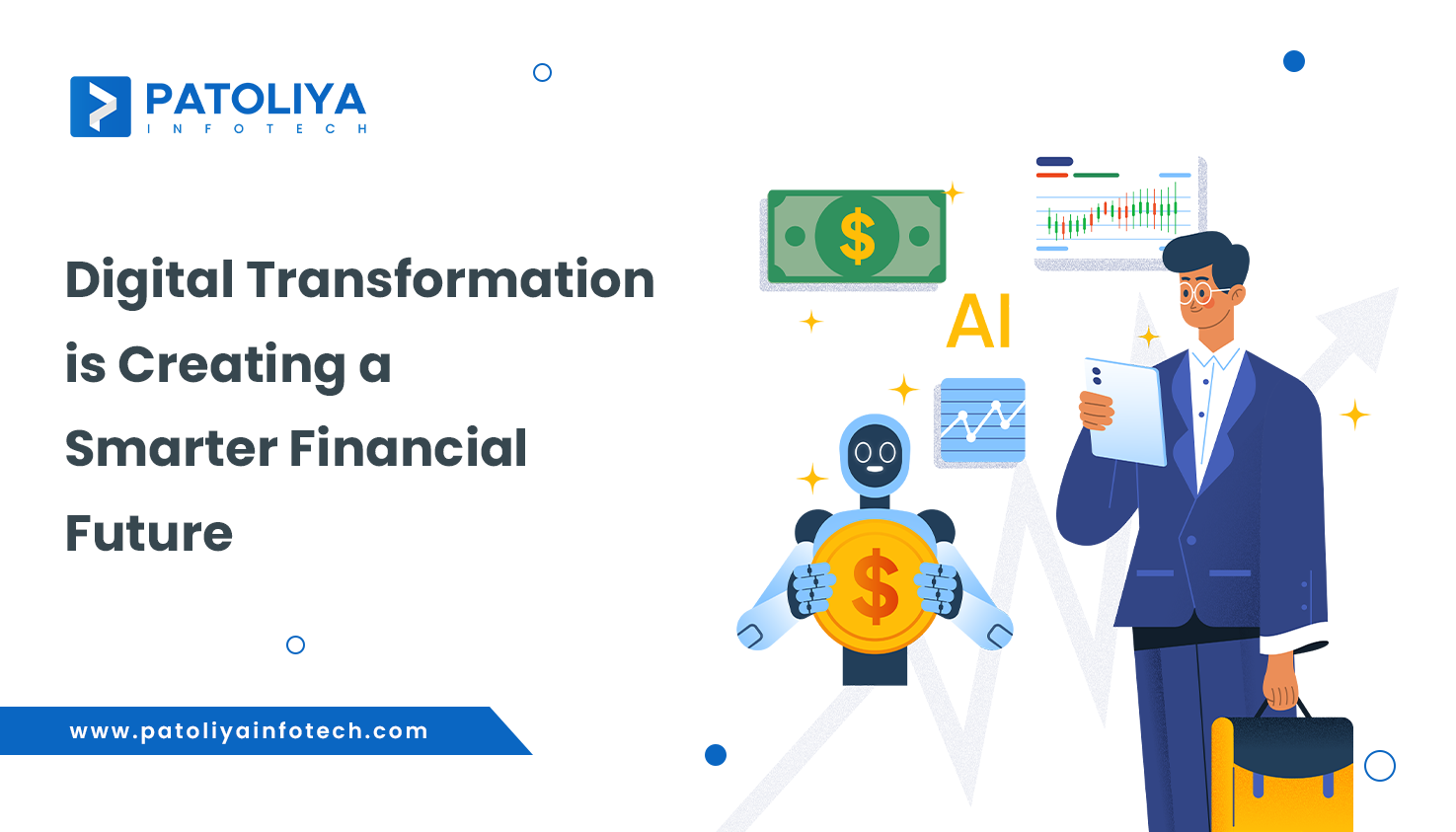How Collaborative Brainstorming with Employees Boosts Innovation
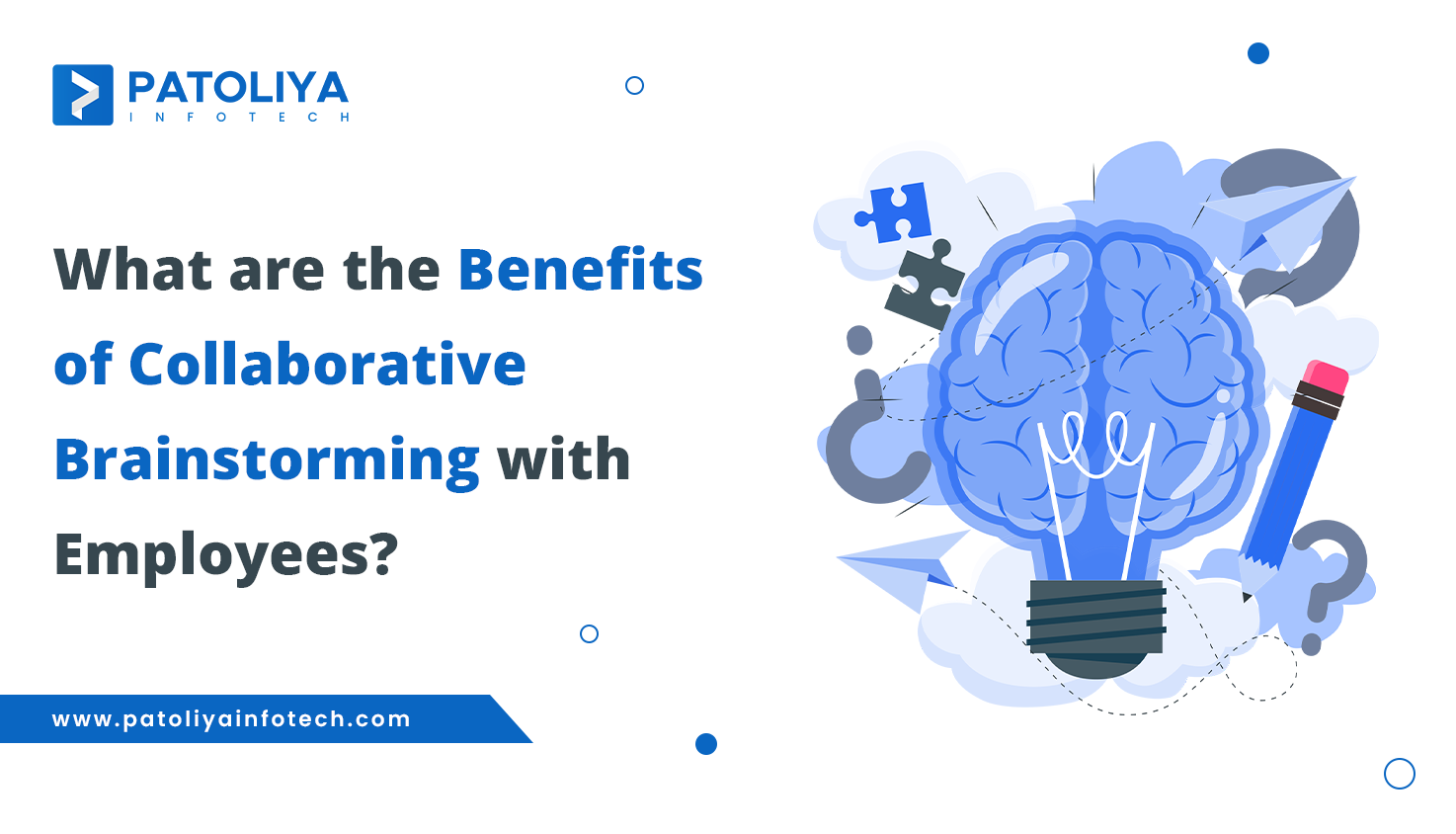
Table of Contents
Innovation has become a necessity for businesses that want to stay ahead of the curve. Companies need to innovate and adapt to the rapid pace of change to stay competitive. Brainstorming with employees is a powerful way to encourage creativity. By leveraging the multiple perspectives and combined expertise of their employees, companies can unlock more possibilities and set themselves up for continued prosperity
How Collaborative Brainstorming Fuels Modern Businesses
It's not attractive, but staying ahead of the curve is Important. Innovation is essential for any successful firm to expand, revolutionize entire sectors, and keep customers happy. However, from where does this innovation originate? Collaborative dialogues can help you unleash your employees' creativity and rev up the innovation engine.
Also check for What are the Advantages of Good Working Relationships in the Workplace?
Why It Matters
With the world constantly changing, companies that stick to the status quo risk falling behind. Here’s how innovation strengthens your company:
- Market Differentiation: Innovation creates unique products, services and processes that set you apart from your competition.
- Increased customer satisfaction: Innovation allows us to anticipate and respond to changing customer needs, increasing satisfaction and loyalty.
- Improved efficiency and productivity: New solutions can improve efficiency, speed up productivity, and give your team more freedom to do more.
- Enhanced Adaptation: Innovators develop an agile culture that helps your business respond more quickly to changing market dynamics and unexpected obstacles.
To put it bluntly, innovation is the secret to its continued success. But supporting liberal thinking alone will not be enough to create an environment for true innovation.
Strategies for Effective Teamwork
Brainstorming is a powerful tool for encouraging innovation and driving business success. By embracing open communication, building trust, and using digital tools, teams can unlock their full potential and achieve amazing results. In this article, we’ll explore the key strategies for creating successful brainstorming sessions and how to implement them in your organization.
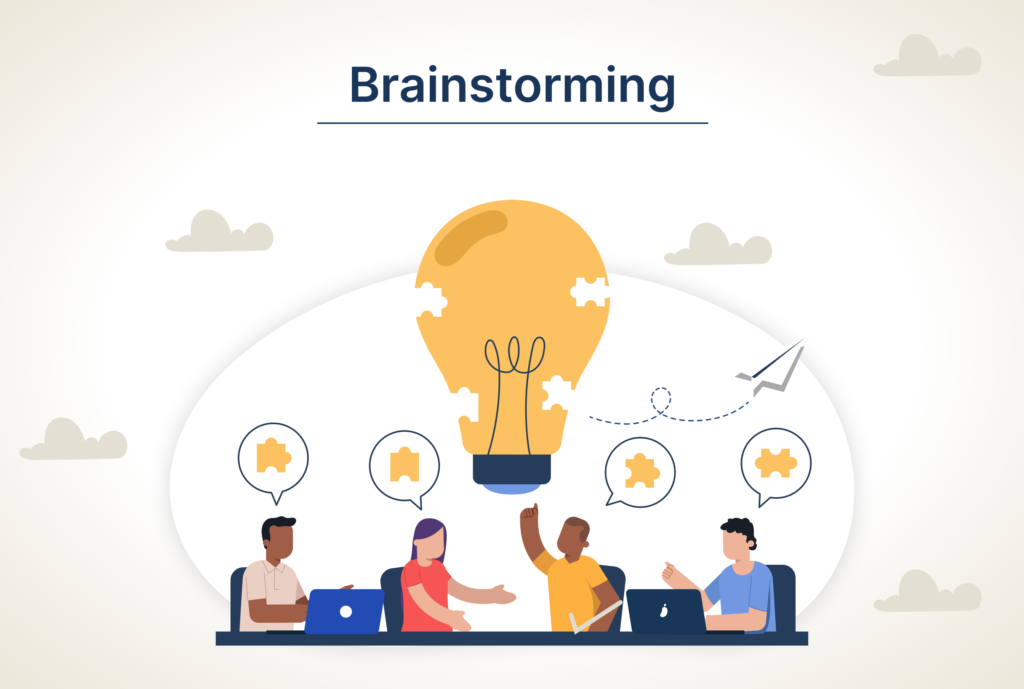
1. Concept of Brainstorming
Effective design starts with open and explicit communication. This means creating an environment where team members feel comfortable sharing their thoughts and ideas without fear of judgment or criticism. To do this, consider the following options.Set clear goals: Clearly define the purpose and scope of the brainstorming session to ensure everyone is on the same page.
2. Foster a Culture of Trust and Inclusivity
Building trust and inclusion are essential for successful brainstorming. This involves creating an environment where team members feel valued, respected and empowered to contribute. To do this, consider the following options.
- Encourage diversity and inclusion: Encourage different perspectives by including team members from different backgrounds, experiences and skills.
- Encourage a feedback culture: Encourage ongoing feedback and constructive criticism to help team members grow and improve.
- Acknowledge and reward contributions: Acknowledge and reward individual team members for their contributions to morale and motivation.
3. Use Digital Collaboration Tools to Facilitate Remote Participation
The use of digital tools is essential to facilitate remote participation in psychological data processing. This can help ensure that all team members, regardless of their status, are fully engaged and able to participate. Some popular digital collaboration tools are:
- Virtual meeting platforms: Use platforms like Zoom, Google Meet, or Skype for virtual meetings and brainstorming sessions.
- Collaborative documentation tools: Use tools like Google Docs, Microsoft Teams, or Slack to facilitate real-time collaboration and feedback.
- Project management software: Use tools like Trello, Asana, or Basecamp to manage projects, track progress, and stay on schedule.
Read more about How Brainstorming employees benefits? How Employee engagement benefits?
By using these strategies, teams can unlock the full potential of collaborative dialogue and enhance business success. By fostering open communication, developing trust, and using digital tools, teams can create a culture of innovation and creativity that drives results.
Real-World Examples of Collaborative Brainstorming Success
Brainstorming is a powerful tool for inspiring innovation and fostering a creative culture in organizations. By combining different perspectives and expertise, companies can create innovative solutions that drive growth and success. In this article, we explore real-world examples and case studies that demonstrate the effectiveness of consensus on innovation.
Case study: 20% of Google’s time
Google’s 20% time policy allows employees to spend 20% of their work time on side projects. This strategy has led to many new solutions such as Gmail, Google Maps and Google News. By giving employees the freedom to explore their interests and collaborate with colleagues, Google has fostered a culture of innovation and creativity.

Case Study: 3M’s Post-It Notes
3M’s Post-It Notes are a classic example of colleague ideas in the workplace. In the 1960s, Drs. A scientist named Spencer Silver was trying to make a harder adhesive, but ended up making a softer adhesive instead The company initially saw no advantage in this adhesive but later Art Fry, another scientist, made the first Post-it notes. This innovative solution was born out of a collaborative discussion between two scientists willing to think outside the box.
Case study: IBM innovation jam
IBM’s Innovation Jam was a global online brainstorming event that brought together more than 1,000 entrepreneurs from around the world. The meeting was held to generate new ideas for the future direction of the company. The result was a list of more than 1,000 innovative ideas, including the creation of a new cloud computing platform and a mobile app to track employee spending
Case study: Lego Group’s management of innovation
The Lego Group has a long history of promoting entrepreneur-led innovation. The company has a dedicated "LEGO Ideas House" where employees can meet, brainstorm and develop new ideas. This collaborative approach led to innovative products such as the LEGO Mindstorms robotics kit and the LEGO Friends series.
Starbucks’ My Starbucks Idea:
Starbucks launched the "My Starbucks Idea" platform to collect suggestions from customers and employees. This initiative has led to many successful ideas, including the introduction of free Wi-Fi in stores and the creation of a Starbucks rewards program. By harnessing the collective brain power of its community, Starbucks continues to enhance its customer experience and maintain a competitive edge.
Benefits of Collaborative Brainstorming
Consensus offers many benefits to organizations, e.g.
- Increased Creativity: By bringing together different perspectives and expertise, collaborative discussions can lead to innovative solutions that would not have been possible individually.
- Improved Communication: Collaborative attractions encourage open communication and active listening, which can help break down silos and foster a culture of collaboration.
- Enhanced Employee Engagement: When employees are given opportunities to contribute to new solutions, they are more likely to be engaged and motivated at work.
Brainstorming: Overcoming Challenges
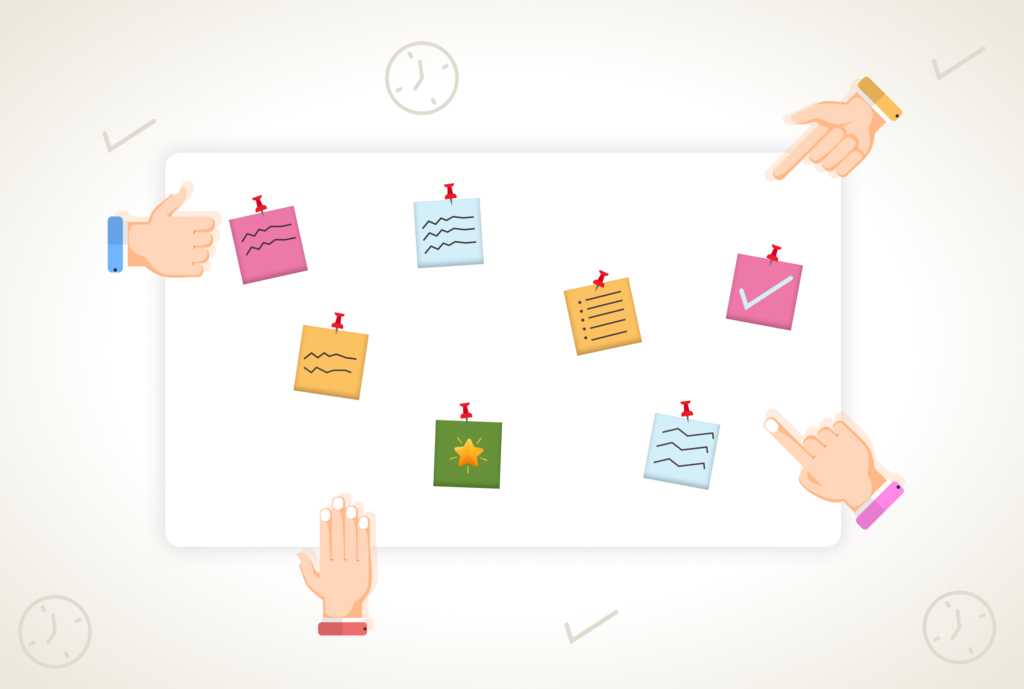
1. Addressing Potential Obstacles:
Dominant Voices:
- Ensure that all team members have an equal opportunity to share ideas by using structured transitions during discussions.
- Use anonymous submissions of ideas to encourage feedback from silent members.
- Assign a facilitator to moderate the discussion and not let any one voice dominate.
Groupthink
- Encourage different perspectives by bringing in outside perspectives or experts to challenge the status quo.
- Encourage a culture of constructive criticism in which ideas are respected and challenged.
- Use brainstorming techniques such as the “Six Thinking Hats” to see ideas from multiple angles.
2. Strategies for Maintaining Focus and Productivity:
Set Clear Goals:
- Clearly define the goals and objectives of the brainstorming session first.
- Break big problems down into small, manageable tasks.
Time Management:
- Use the time box to allocate a specific amount of time to brainstorm each idea or problem.
- Schedule regular breaks to maintain high energy levels and prevent burnout.
Prioritize Ideas:
- Use techniques such as point voting or an impact-effort matrix to prioritize the most promising ideas.
- Focus on one idea at a time to avoid stretching your mind too thin.
3. Ensuring Follow-Through on Ideas:
Action Plans:
- For the best ideas, create a clear action plan and set specific tasks and deadlines.
- Use project management tools to track progress and ensure accountability.
Regular Check-Ins:
- Schedule follow-up meetings to review progress, address any roadblocks, and adjust policies as needed.
- Keep the team engaged and engaged by winning small wins and points.
Documentation:
- Record all ideas and decisions made in brainstorming sessions.
- Share meeting minutes and action points with all team members to ensure transparency and clarity.
By addressing these challenges, maintaining focus and ensuring follow-through, teams can turn mindfulness into an effective and productive exercise generating innovation and success.
Wrap Up:
Several advantages of collaborative brainstorming include the production of a wide range of ideas, improved problem-solving skills, and heightened team cohesiveness. Teams can produce novel ideas that might not arise through individual efforts by combining the expertise and creativity of several people.
It is essential to acknowledge and reward cooperative achievements in order to keep people motivated and promote a culture of teamwork. Team members are more inclined to participate fully and offer their finest ideas when they feel that their contributions are appreciated and acknowledged. This enhances the general collaborative attitude inside the company and raises the caliber of the brainstorming sessions.
